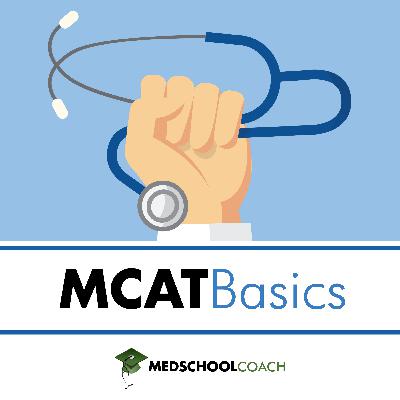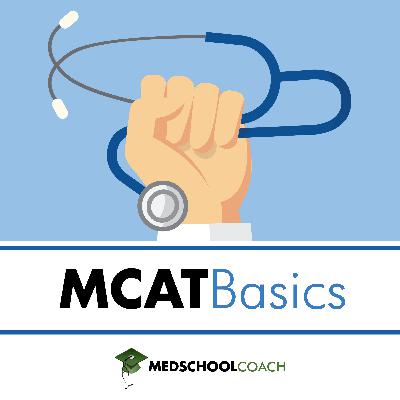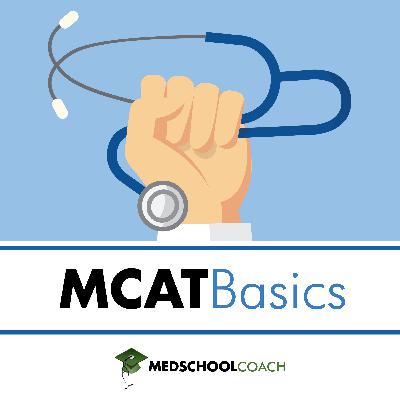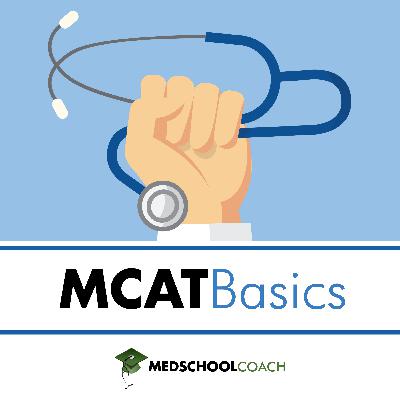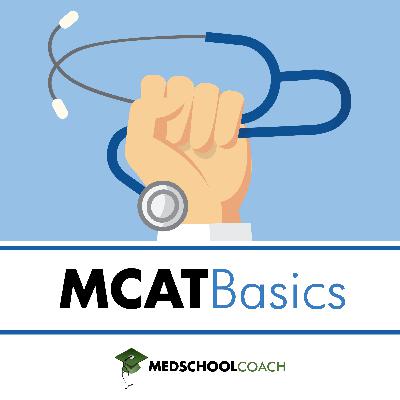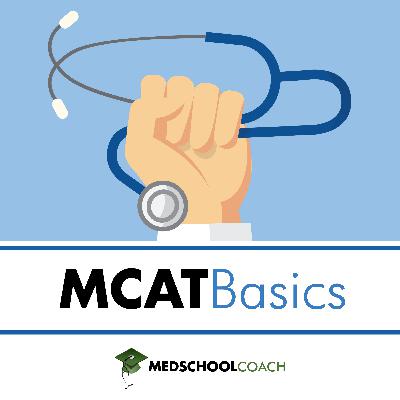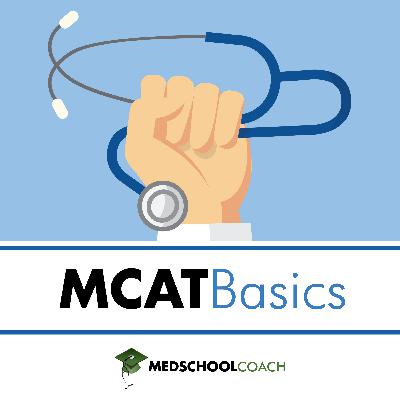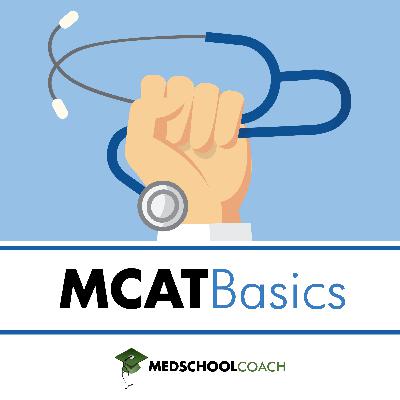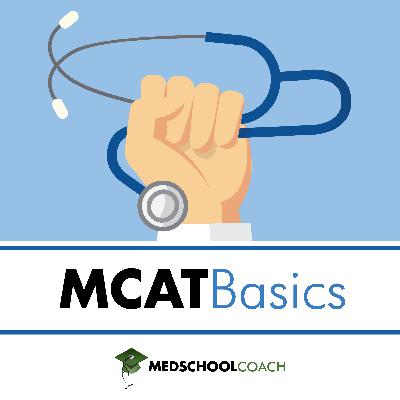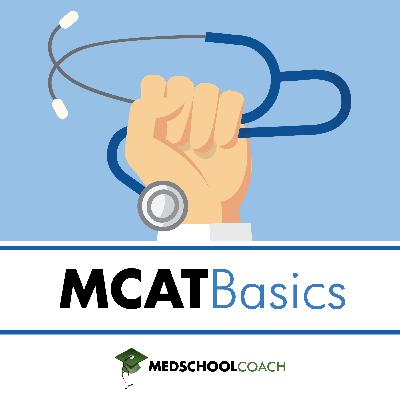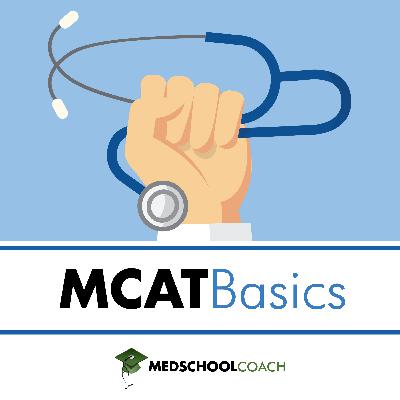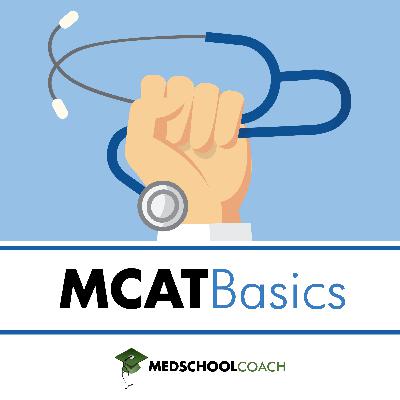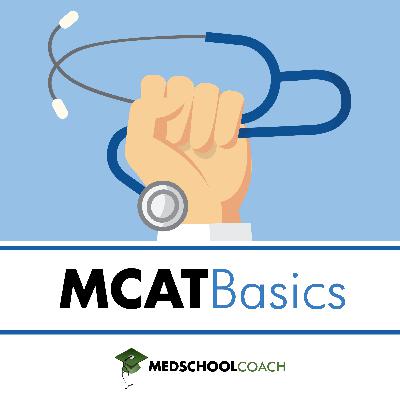Biomolecule Structure, Naming, And Function
Description
In this episode, we’ll learn the intricate world of biomolecule structure, naming, and function. We'll explore the structural nuances between glucose and fructose and unravel the complexities of glycosidic linkages in sucrose. We'll also examine the vital roles of fatty acids, the composition of triglycerides and phospholipids, and their impact on cell membrane architecture and fluidity. Plus, we discuss cholesterol's bidirectional regulation of membrane stability and the contrasting roles of LDL and HDL in cardiovascular health.
We’ll dive into the essential structures and functions of steroids and nucleotides, as well as the fundamentals of DNA and RNA structure and the importance of ATP. We'll also look at the unique properties of sphingolipids, glycerophospholipids, and signaling molecules like eicosanoids.
So, tune in as we break down these critical biomolecules that form the foundation of life and are essential knowledge for the MCAT exam.
Visit MedSchoolCoach.com for more help with the MCAT.
Jump into the conversation:
(00:00 ) Intro
(01:03 ) Overview of Biomolecule Structure and Importance
(02:37 ) Steroid Structure and Function
(06:36 ) Nucleotide Structure and Function
(12:02 ) DNA Structure and Bonding
(16:30 ) Carbohydrate Structure
(19:53 ) Disaccharides and Polysaccharides
(24:47 ) Fatty Acids and Phospholipids
(28:57 ) Cholesterol and Its Role in Membrane Fluidity
(31:27 ) Sphingolipids and Their Functions
(33:02 ) Eicosanoids: Signaling Molecules
(38:12 ) Heme Groups and Their Functions
(41:12 ) Molecule Entry into Cells
(44:12 ) MCAT Advice of the Day

